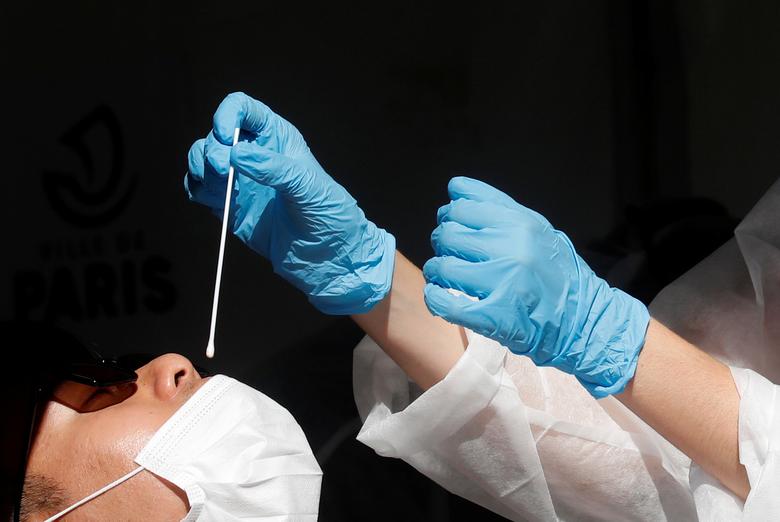The Eastern Cape Health Department has announced plans of employing over 80 healthcare workers to increase staff levels at the Livingstone Hospital in Gqeberha. Workers’ unions have had several protests, raising concerns around staff shortages in the province.
The department says it will have a transparent recruiting process and the posts include professional nurses, enrolment nurses, and assistant nurses. This comes as COVID-19 cases are increasing in the province.
The vacancies have not yet been advertised, but the aim is for healthcare workers to report for duty on the first of July.
Department Spokesperson, Sizwe Kupelo, says: “As part of our strategy to deal with possible third wave, it has already affected other province, the recruitment will start and we are going to try shorten process so that we are not late. We get skills and resources much needed in our facilities, we have over 2 000 beds that we have created in preparation for possible third wave, resurgence of COVID-19.”
The latest coronavirus statistics in South Africa:

Loading…
No signs of abating
Meanwhile, infectious diseases specialist and technical expert at the Aurum Institute, Dr Regina Osih, says the current third wave of coronavirus infections gripping the country is showing no signs of abating.
South Africa registered 17 493 confirmed cases in the last 24-hour period. Gauteng accounts for a record number of 10 806 of these infections.
Gauteng Provincial Command Council update on COVID-19:
Osih says other provinces are also likely to see an up-tick in infections in the coming weeks.
“I think unfortunately we are not seeing any signs of peaking and we were all hoping that the peak is going to come very soon, but it doesn’t look like it right now. I think that we can still expect higher number of cases for the province. But also that potentially other provinces that are lagging may also catch up and start seeing very high numbers compared to what they saw in the last wave.”






